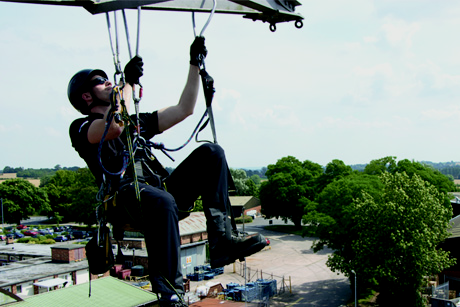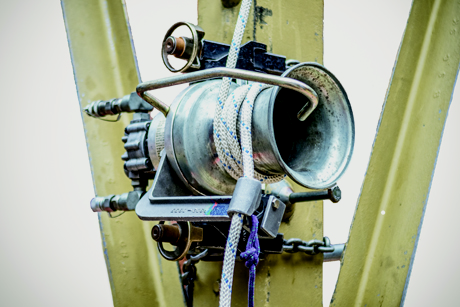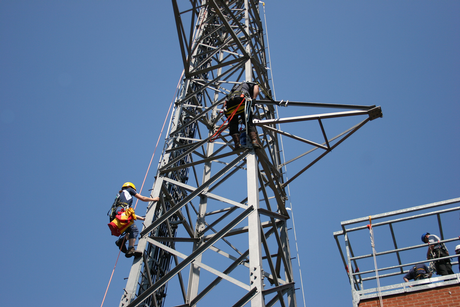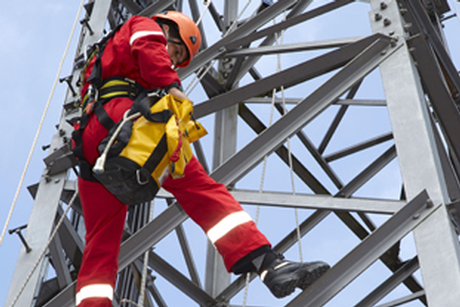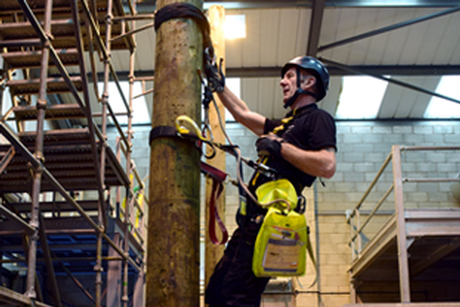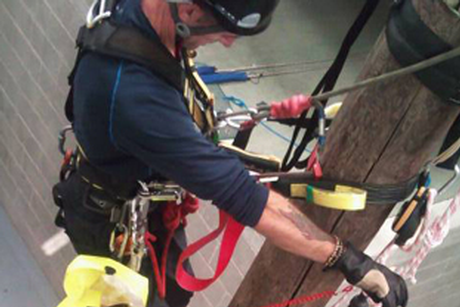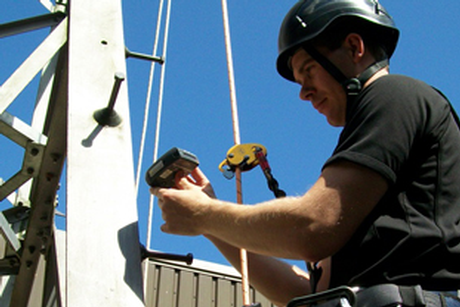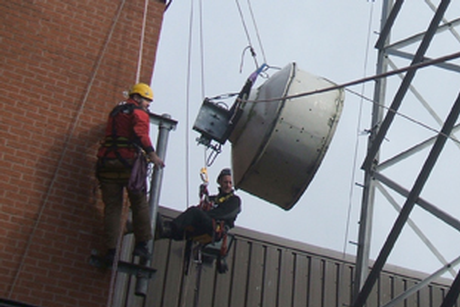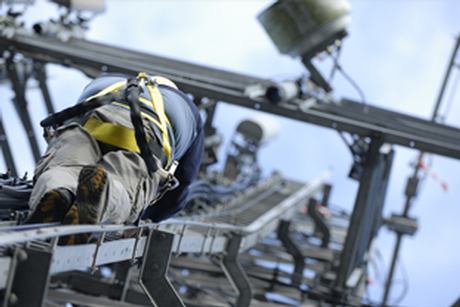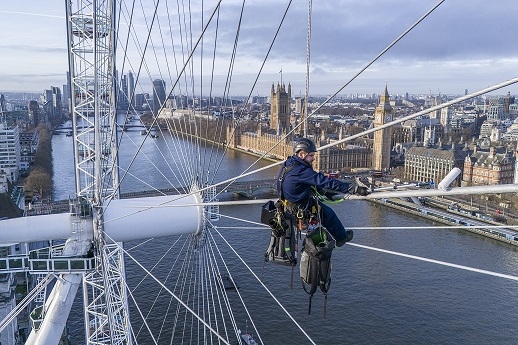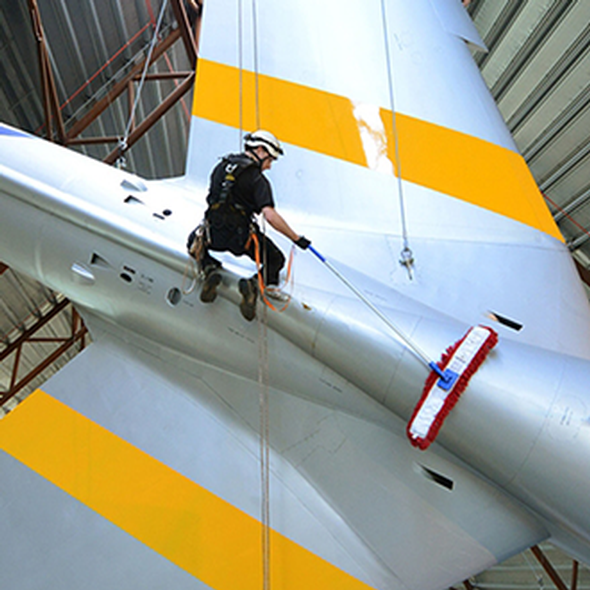 WORKING AT HEIGHT SERVICES
View our Working at Height Services here
Find Out More
WORKING AT HEIGHT SERVICES
View our Working at Height Services here
Find Out More
Telecoms Climber Training
Working as a climber in the telecoms industry will mean that you are likely to require a range of work at height training courses from Rooftop Safety, Mast and Tower Climber to Rescue and more.
Telecoms Climber Training is designed for your staff who may be involved in installation and maintenance of telecoms systems across the UK.
In the UK you may require MATS accredited training and EUSR registration to access masts.
Choose from our selection of courses to suit your requirement, or contact us if you are unsure of what you may need.

 WORKING AT HEIGHT SERVICES
View our Working at Height Services here
Find Out More
WORKING AT HEIGHT SERVICES
View our Working at Height Services here
Find Out More
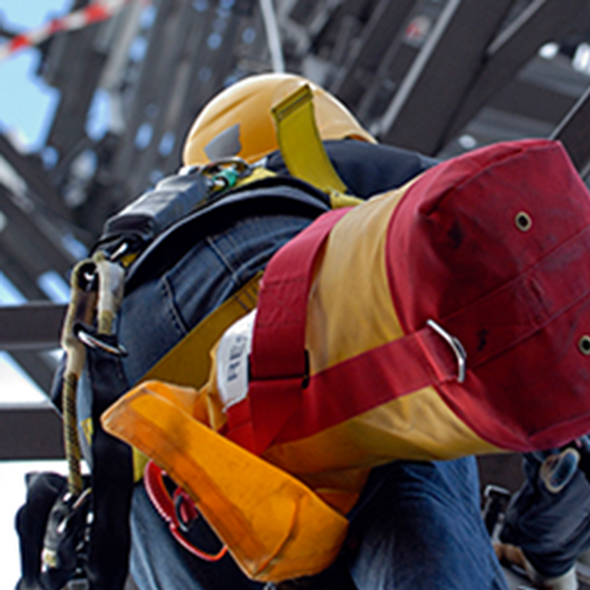 Rescue From Height Training
Browse our rescue from height courses.
Find Out More
Rescue From Height Training
Browse our rescue from height courses.
Find Out More
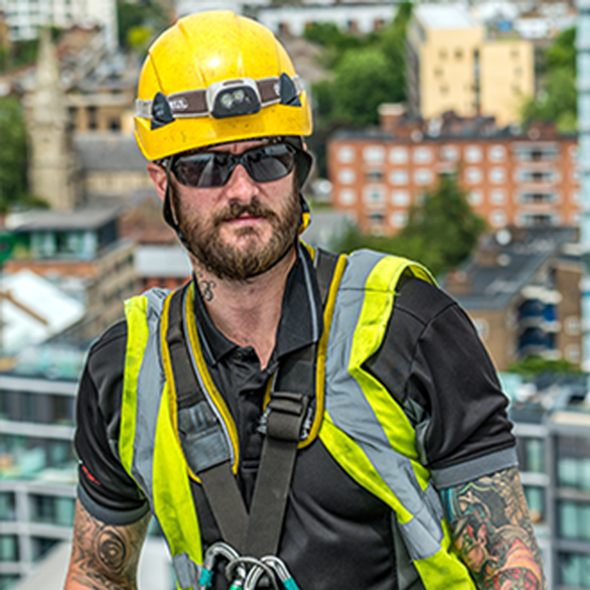 Working at Height Video Conferencing
Browse our online conferences
Find Out More
Working at Height Video Conferencing
Browse our online conferences
Find Out More
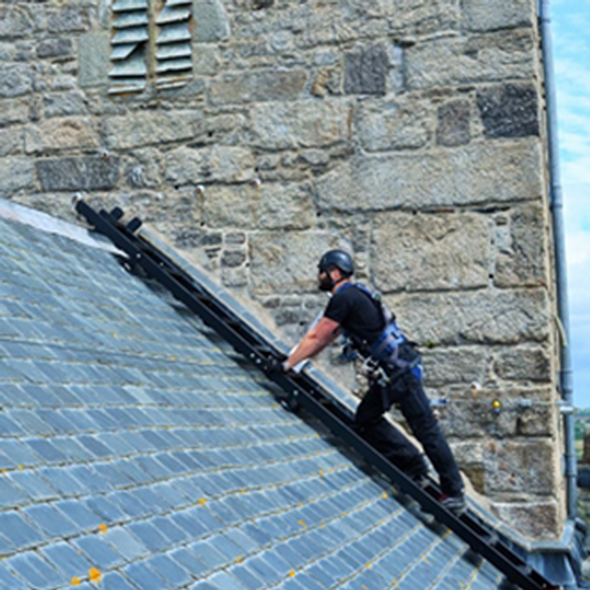 Fall Protection Services
Browse our fall protection services.
Find Out More
Fall Protection Services
Browse our fall protection services.
Find Out More

